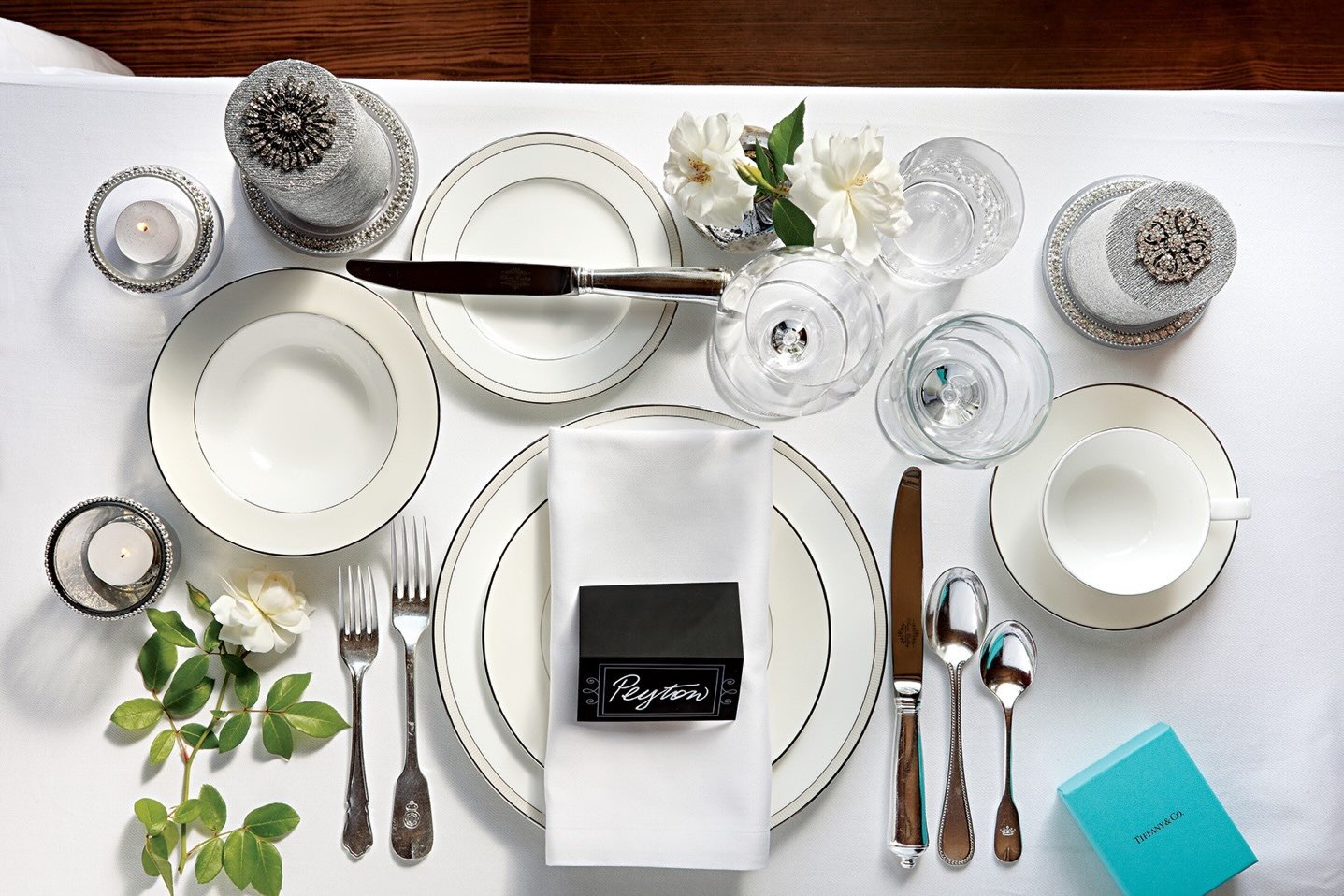

Tableware
Where To Put Silverware On The Table
Modified: August 22, 2024
Discover the proper placement of tableware on the table. From forks to spoons, learn where to put silverware for an elegant dining experience.
(Many of the links in this article redirect to a specific reviewed product. Your purchase of these products through affiliate links helps to generate commission for Storables.com, at no extra cost. Learn more)
Introduction
Welcome to the world of tableware etiquette! Whether you’re preparing for a formal dinner party, a casual gathering with friends, or simply want to impress your guests with your knowledge of proper table setting, understanding where to put silverware on the table is key. A well-organized table setting not only adds to the aesthetic appeal of your dining experience, but it also ensures ease of use for your guests and allows for a seamless flow during the meal.
In this article, we will explore the proper placement of silverware on the table, covering both traditional and contemporary settings. We will also discuss common mistakes to avoid, considerations for formal dining, and provide ideas for more creative and personalized placements.
So let’s dive in and discover how to master the art of setting a beautiful and functional table!
Key Takeaways:
- Mastering proper silverware placement is essential for creating a seamless and elegant dining experience, whether for formal occasions or casual gatherings. Understanding traditional and contemporary placements ensures a well-organized and visually appealing table setting.
- Embrace creativity and personalization to elevate your table setting, from unique napkin folds to personalized glassware. Infuse your personal style and attention to detail to create memorable dining experiences for your guests.
Understanding Proper Placement
Proper placement of silverware on the table is not just about aesthetics; it also serves a practical purpose. Placing silverware in the correct positions allows guests to easily locate and use their utensils throughout the meal. It also helps to avoid confusion and maintain a sense of order during dining.
There are generally two main styles of table setting: the traditional placement and the contemporary placement. Let’s take a closer look at each one:
Traditional Placement
In a traditional table setting, the silverware is arranged in the order in which it will be used. The general rule of thumb is to work from the outside in. This means that the utensils positioned farthest from the plate are for the first course, while the ones closest to the plate are for the later courses.
Starting from the left side of the plate, you typically place the dinner fork, followed by the salad fork, and then the fish fork if applicable. On the right side of the plate, you place the dinner knife, the soup spoon, and the fish knife if necessary. The dessert spoon and fork are placed horizontally above the plate, with the spoon pointing to the right and the fork pointing to the left.
Contemporary Placement
In more contemporary or informal table settings, the rules are not as strict. However, there are still some guidelines to follow for a well-balanced and functional table arrangement. The key is to keep the utensils in a logical and organized manner.
One common approach is to place the fork to the left of the plate, and the knife and spoon to the right. The fork can be positioned closest to the plate, followed by the knife, and then the spoon. This arrangement allows for an easy flow from left to right, which is the natural motion for most people when using utensils.
Keep in mind that while contemporary placements offer more flexibility, it’s still important to maintain a sense of symmetry and balance. Avoid clumping all the utensils together or scattering them haphazardly on the table. Instead, aim for a sleek and organized display.
Now that we have covered the basics of traditional and contemporary placements, let’s delve into some common mistakes to avoid when setting the table.
Traditional Placement
In a traditional table setting, the placement of silverware follows a specific order that has been passed down through generations. It is important to adhere to these guidelines to maintain a sense of elegance and formality during a formal dining experience.
Starting from the left side of the plate, you generally place the dinner fork first. This is the largest fork in the set, and it is used for the main course. Next to the dinner fork, you place the salad fork, which is slightly smaller and is utilized for the salad course.
On the right side of the plate, you position the dinner knife, with the blade facing towards the plate. This knife is the largest in the set and is used to cut the main course. To the right of the dinner knife, you place the soup spoon, which is smaller and is used for soups or broths.
Depending on the menu, you may also need to include additional utensils. For example, if fish is being served, a fish fork and knife are placed between the dinner fork and knife, closer to the plate. These specialized utensils are designed with longer, narrower heads to help easily separate the delicate meat of the fish.
Above the plate, horizontally, you position the dessert spoon and fork. The spoon is placed with the handle pointing to the right, while the fork is placed with the handle pointing to the left. These utensils are used for enjoying the sweet finishing course of the meal.
It is crucial to note that when following the traditional placement, each utensil is in a specific position for a reason. Removing or rearranging utensils during a meal can be seen as a breach of etiquette, indicating that the guest is done with that particular course. Therefore, it is best to leave the utensils undisturbed until the meal is completed.
Now that we have covered the traditional placement of silverware, let’s explore the contemporary placement, which provides more flexibility and informality in table setting.
Contemporary Placement
In contemporary table settings, there is more flexibility and room for personalization. The aim is to create a more relaxed and informal atmosphere while still maintaining a sense of organization and balance.
When it comes to the placement of silverware in a contemporary setting, the rule of thumb is to keep things simple and functional. The focus is on creating an intuitive flow for guests to easily navigate their utensils throughout the meal.
Starting with the left side of the plate, you place the fork closest to the plate. This can be the dinner fork, which is used for the main course, or a smaller salad fork if you prefer. The key is to have the utensil that will be used first positioned nearest to the plate.
On the right side of the plate, you position the knife and the spoon. The knife is placed with the blade facing towards the plate, and the spoon is placed to the right of the knife. This placement allows for a seamless transition from left to right, which is the natural motion for most individuals when using utensils.
One popular variation in contemporary placement is to place the fork tines down, rather than up. This is a personal preference that some find more visually appealing. However, it is important to note that this technique is not widely followed in formal or traditional settings.
In a casual dining setting, you have the flexibility to include additional utensils based on the menu. If you are serving soup, you can place the soup spoon to the right of the knife and spoon. If fish is on the menu, you can position a fish fork and knife between the dinner fork and knife.
While contemporary placement offers more flexibility, it is important to maintain a sense of balance and order. Avoid overcrowding or scattering the utensils on the table. Instead, aim for a sleek and organized display that enhances the overall dining experience.
Now that we understand traditional and contemporary placement of silverware, let’s discuss some common mistakes to avoid when setting the table.
Common Table Setting Mistakes to Avoid
While setting the table may seem like a straightforward task, there are some common mistakes that can detract from the overall dining experience. By being aware of these errors, you can ensure a polished and enjoyable meal for your guests. Here are some common table setting mistakes to avoid:
1. Overcrowding:
Avoid crowding the table with too many utensils. Stick to the essentials and only include utensils that are necessary for the meal. An overcrowded table can be overwhelming for guests and may lead to confusion about which utensil to use.
2. Improper Placement:
Ensure that each utensil is positioned correctly based on the traditional or contemporary placement style. Placing utensils in the wrong order or in the wrong position can disrupt the flow of the meal and create confusion for guests.
3. Cluttered Decorations:
Avoid cluttering the table with excessive decorations or unnecessary items. While a well-decorated table can enhance the ambiance, too many decorations can overwhelm the space and prevent guests from having enough room for their plates and utensils.
4. Misaligned Plates and Utensils:
Make sure that plates, glasses, and utensils are properly aligned on the table. Misaligned items can give the impression of a disorganized setting and may make guests feel uneasy or uncomfortable.
5. Lack of Space:
Allow for ample space between each place setting. It is important to provide enough room for guests to comfortably eat their meal without feeling cramped or restricted.
6. Incorrect Napkin Placement:
Place the napkin either to the left of the fork or on the plate. Avoid tucking the napkin inside the water glass, as it can lead to confusion and spills.
7. Inconsistent Tableware:
Ensure that all tableware matches in terms of style and design. Mixing and matching different patterns or styles of tableware can create a chaotic and disjointed appearance.
By avoiding these common table setting mistakes, you can create a visually pleasing and well-organized dining experience for your guests. Now, let’s explore considerations for formal dining and how to properly set the table in a formal setting.
When setting the table, place the silverware in the order it will be used from the outside in. Forks go on the left, and knives and spoons go on the right. The blade of the knife should face the plate.
Read more: Where Should Silverware Go In The Kitchen
Considerations for Formal Dining
Formal dining occasions call for extra attention to detail and adherence to proper table setting etiquette. Whether it’s a fancy dinner party or a special celebration, setting the table in a formal manner adds an air of sophistication and elegance to the event. Here are some important considerations for formal dining:
1. Quality Tableware:
Invest in high-quality tableware that reflects the formality of the occasion. Fine china, crystal glassware, and polished silverware are typically used for formal dining settings. The appearance and feel of premium tableware add a luxurious touch to the dining experience.
2. Placement of Charger Plates:
Charger plates, also known as service plates, are large decorative plates that are placed at each guest’s seat before the meal begins. They serve as an elegant base for the subsequent courses and are removed before the main course. Charger plates should be centered in front of each place setting, approximately one inch from the edge of the table.
3. Additional Utensils:
In formal dining settings, additional utensils may be required for various courses. These may include specialty forks, knives, or spoons specific to certain types of cuisine. Research and understand the appropriate use and placement of these utensils to ensure a seamless dining experience.
4. Use of Place Cards:
For large formal gatherings, it is customary to use place cards to indicate each guest’s assigned seat. Place cards add a touch of elegance and help guests find their designated place at the table. They are usually positioned above or on the charger plate.
5. Attention to Table Linens:
Table linens play an important role in formal dining settings. Use a crisp, clean tablecloth that complements the decor and color scheme of the event. Napkins should be equally pristine and intricately folded for an added touch of sophistication. Consider using napkin rings or decorative folds to elevate the overall presentation.
6. Proper Glassware Placement:
Glassware placement is a crucial aspect of formal table setting. Glasses should be arranged in the order of use, from the right side of the place setting. Typically, water goblets are placed first, followed by red wine glasses, white wine glasses, and champagne flutes.
7. Attention to Detail:
Pay close attention to the smallest details when setting a formal table. Ensure that all items are meticulously clean and polished. Straighten and align plates, glasses, and utensils to create a visually balanced and harmonious presentation.
By considering these important factors for formal dining, you can create an exquisite table setting that is sure to impress your guests. Now, let’s move on to the placement guidelines for informal dining.
Informal Dining Placement
Informal dining settings offer a more relaxed and casual atmosphere, perfect for everyday meals with family and friends. While the rules may be less strict compared to formal dining, there are still guidelines to follow to ensure a well-organized and enjoyable dining experience. Here are some considerations for informal dining placement:
1. Simple and Practical:
In informal dining settings, the emphasis is on simplicity and practicality. Use only the essential utensils required for the meal to avoid cluttering the table. This typically includes a fork, knife, and spoon.
2. Fork Placement:
Place the fork on the left side of the plate, with the tines facing up. This allows guests to easily pick up their fork without confusion. If you are serving a salad, you may add a salad fork to the left of the dinner fork.
3. Knife and Spoon Placement:
Position the knife and spoon on the right side of the plate. The knife should be placed to the right of the plate, with the blade facing towards the plate. The spoon is then placed to the right of the knife. This arrangement facilitates an intuitive motion from left to right when using utensils.
4. Drinking Glasses:
Place the drinking glasses, such as water glasses or beverage glasses, to the right side above the knife and spoon. If you are serving wine, add a wine glass above the water glass. Remember to select the appropriate glass for each type of beverage.
5. Napkin Placement:
There are a few options for napkin placement in informal dining settings. You can either fold the napkin and place it on the left side of the forks or place it directly on the center of the dinner plate. Choose the option that best fits your personal preference and the formality of the occasion.
6. Optional Additions:
If there are additional utensils or specialty items needed for the meal, such as a soup spoon or a dessert fork, you can place them accordingly. Remember to anticipate the sequence of the courses and position the utensils accordingly.
7. Freedom for Personalization:
Informal dining offers you the freedom to add personal touches and express your creativity. Consider incorporating unique and decorative elements, such as colorful napkin rings or creative place card holders, to enhance the overall table setting.
Overall, informal dining placement allows for simplicity and flexibility while maintaining a sense of organization. By following these guidelines, you can create an inviting and relaxed atmosphere for your guests. Now, let’s explore some creative and personalized placement ideas for adding a unique touch to your table setting.
Casual Dining Placement
Casual dining settings are perfect for relaxed gatherings and everyday meals with friends and family. These settings prioritize comfort and informality while still maintaining a sense of practicality. Here are some considerations for casual dining placement:
1. Simplified Utensils:
In casual dining settings, keep the utensils to a minimum. Typically, a simple fork, knife, and spoon are all that’s needed for most meals. You can place the fork to the left of the plate, with the tines facing up, and the knife and spoon to the right of the plate.
2. Buffet-Style Arrangement:
For casual dining occasions like buffets or potluck gatherings where guests serve themselves, consider arranging the utensils in a self-serve station. Place the utensils in a container or a caddy near the food, making it convenient for guests to pick up what they need.
3. Drinking Glasses:
Position drinking glasses to the right side of the plate, above the knife and spoon. Place water glasses closer to the plate, and if serving other beverages, such as wine or cocktails, arrange them alongside the water glass.
4. Napkin Placement:
There are various options for napkin placement in a casual dining setting. You can either place the napkin folded on the left side of the forks or casually drape it over the plate. Alternatively, you can lay the napkin underneath the fork, with the ends peeking out from either side.
5. Informal Tablecloth or Placemats:
Consider using a casual tablecloth or placemats to add a touch of style to the table. Opt for materials such as cotton or linen to create a relaxed and inviting atmosphere. Choose colors or patterns that complement the overall theme or decor of the dining area.
6. Practical Additions:
Depending on the meal being served, you may need to include specific utensils, such as a soup spoon or a dessert fork. Place these utensils accordingly, anticipating the order in which they will be used during the meal.
7. Personalized Touches:
Casual dining settings provide an opportunity for personalization and creativity. You can incorporate unique napkin rings, place card holders, or centerpieces that reflect your personal style and add a personalized touch to the table.
Remember, the key to casual dining placement is to create a relaxed and comfortable ambiance while still maintaining a sense of order. By following these guidelines, you can ensure that your guests feel at ease and enjoy a delightful dining experience. Now, let’s explore some creative and personalized placement ideas to truly make your table setting stand out.
Creative and Personalized Placement Ideas
Setting a table that reflects your personal style and creativity can elevate any dining experience. It’s an opportunity to showcase your individuality and make your guests feel special. Here are some creative and personalized placement ideas to add a unique touch to your table setting:
1. Unique Napkin Folds:
Instead of the traditional napkin fold, try experimenting with different napkin folding techniques. From intricate folds to creative shapes, there are numerous tutorials available to inspire you. Consider incorporating napkin rings, ribbons, or small decor items to further personalize each place setting.
2. DIY Place Cards:
Add a personal touch by creating your own place cards. Use cardstock or craft paper to design and handwrite the names of your guests. You can decorate them with calligraphy, stamps, or even small embellishments that match the theme or occasion.
3. Customized Glassware:
Add a unique touch to your table by personalizing glassware. You can use glass markers or decals to write or draw on glasses, allowing guests to easily identify their own. This not only adds a personal touch but also serves as a conversation starter.
4. Thoughtful Centerpieces:
Create beautiful and personalized centerpieces that reflect the theme or occasion. Incorporate elements such as flowers, candles, or small trinkets that hold special meaning to you or your guests. Consider using vintage items, family heirlooms, or even repurposed objects to add a touch of nostalgia.
5. Creative Plate Accessories:
Add unique accents to each plate by including small accessories or decorative elements. This could be a sprig of fresh herbs, a small edible flower, or a personalized note or quote tucked under the plate. These unexpected touches will leave a lasting impression on your guests.
6. Personalized Menu Cards:
Create custom menu cards that showcase the dishes being served. Include the names of each course and a brief description of the ingredients or preparation method. You can even add a personal note or message to each menu card to make your guests feel extra special.
7. Seasonal Themes:
Incorporate seasonal themes into your table setting. Use seasonal colors, foliage, or motifs to enhance the atmosphere. For example, during the holidays, you can use festive decorations, such as ornaments or mini wreaths, to create a warm and inviting ambiance.
Remember, the key to a successful and personalized table setting is to infuse your own style and creativity. Let your imagination run wild and don’t be afraid to try new ideas. Your guests will appreciate the thought and effort you put into making their dining experience memorable. Now, let’s wrap up our discussion.
Read more: Why Can’t You Put Silverware In The Fridge
Conclusion
Setting the table with proper silverware placement is an essential part of creating a memorable dining experience. Whether you’re preparing for a formal event, an informal gathering, or simply adding a personal touch to your everyday meals, understanding the principles of tableware placement is key.
In this article, we explored the traditional and contemporary placements of silverware, noting the importance of adhering to proper etiquette while allowing room for personalization. We discussed common mistakes to avoid, considerations for formal dining, and provided creative and personalized placement ideas to add a unique touch to your table.
By implementing the appropriate tableware placement, you can ensure that your guests feel comfortable, find their utensils easily, and enjoy a seamless transition between courses. It enhances the visual appeal of the table and adds an element of sophistication to any dining experience.
Remember, whether you choose to follow the traditional rules of tableware placement or opt for a more contemporary or casual approach, the most important aspect is to create a welcoming and enjoyable atmosphere for your guests. Your personal style and attention to detail will leave a lasting impression.
So, the next time you set the table, take the time to consider the occasion, the style you want to portray, and the preferences of your guests. Embrace creativity, infuse personality, and have fun with your table setting. After all, dining is about more than just the food – it’s about the experience shared around the table.
Now, armed with your knowledge of proper silverware placement, go forth and create unforgettable dining moments that will leave your guests impressed and eagerly anticipating their next invitation.
Frequently Asked Questions about Where To Put Silverware On The Table
Was this page helpful?
At Storables.com, we guarantee accurate and reliable information. Our content, validated by Expert Board Contributors, is crafted following stringent Editorial Policies. We're committed to providing you with well-researched, expert-backed insights for all your informational needs.
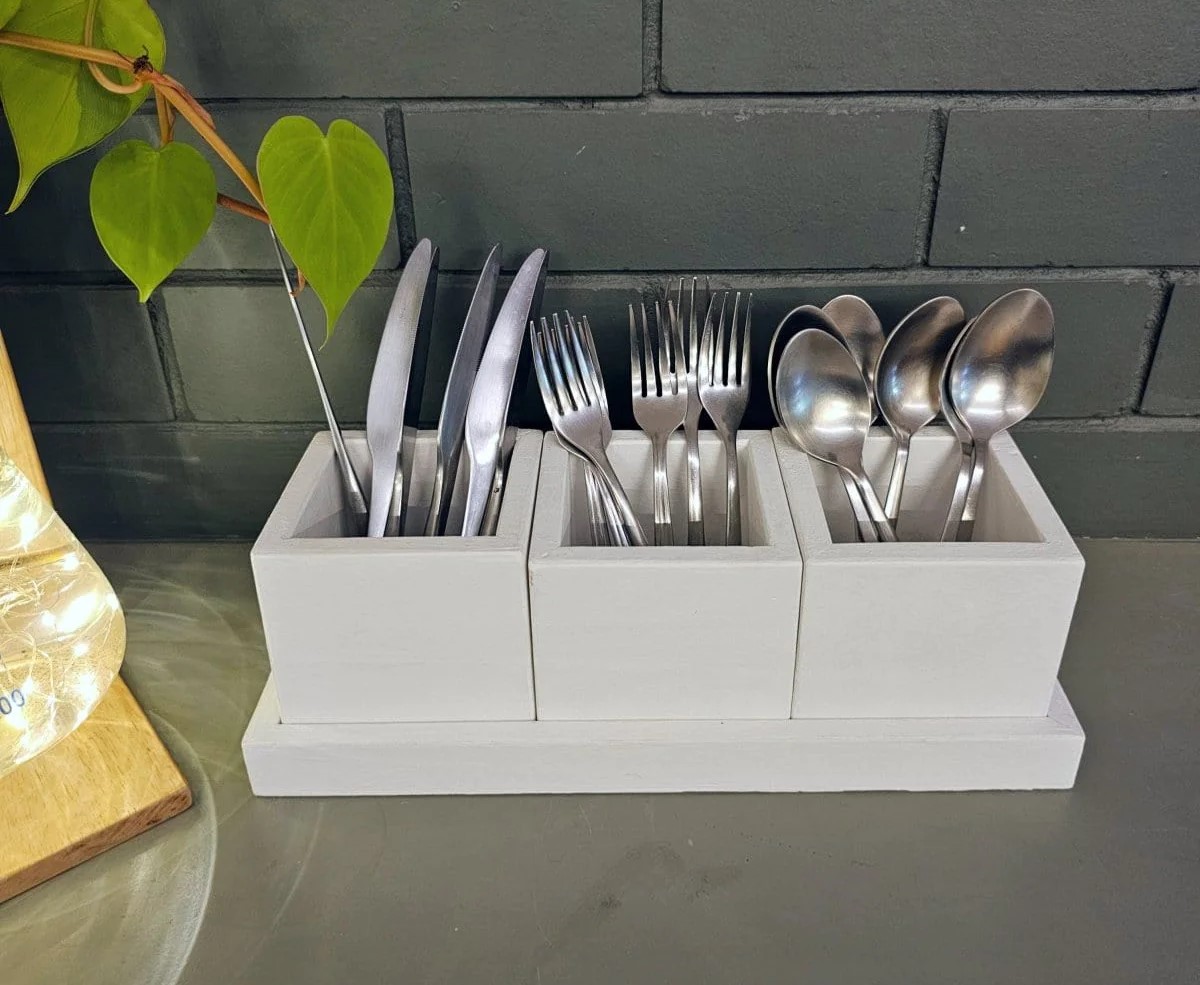

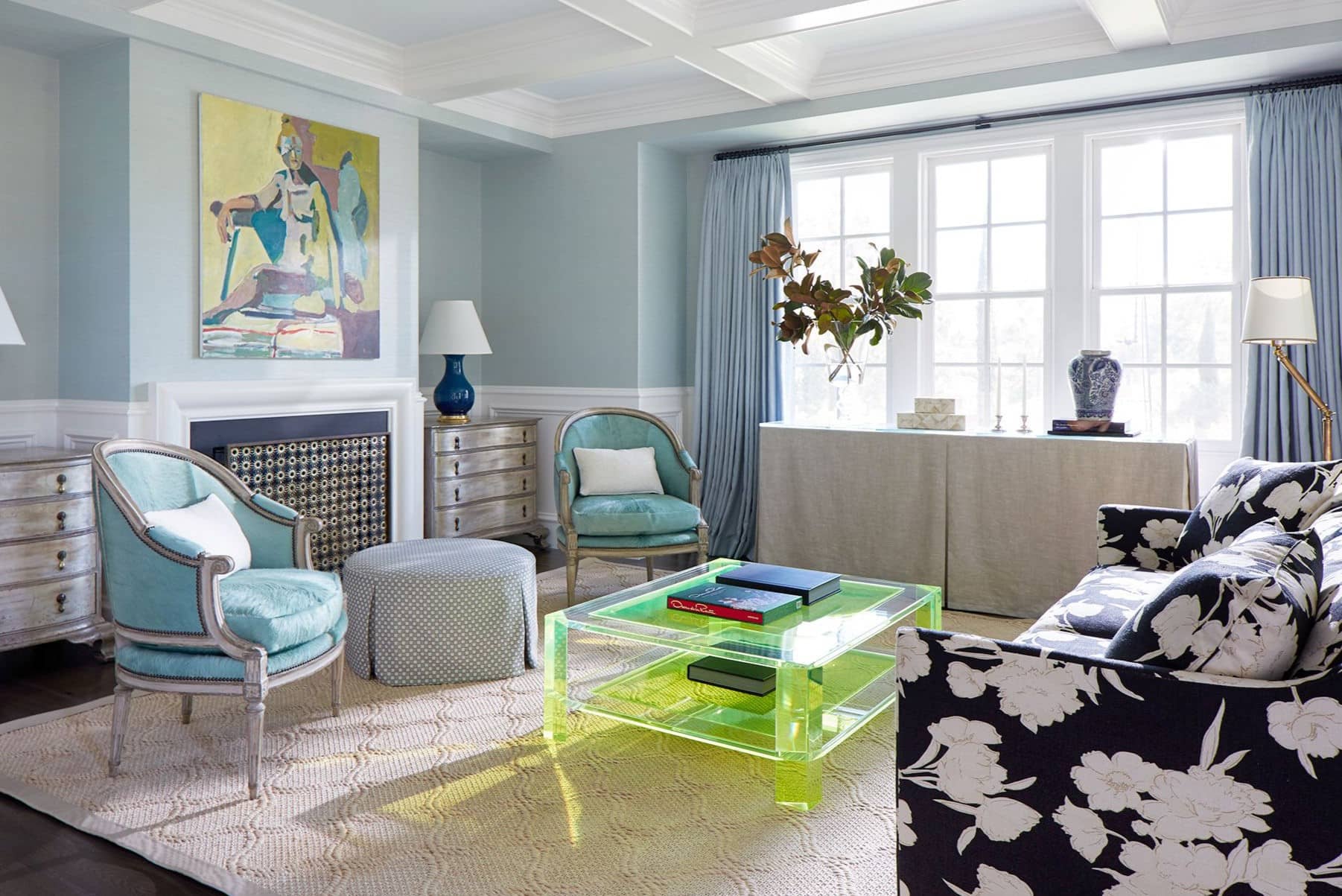
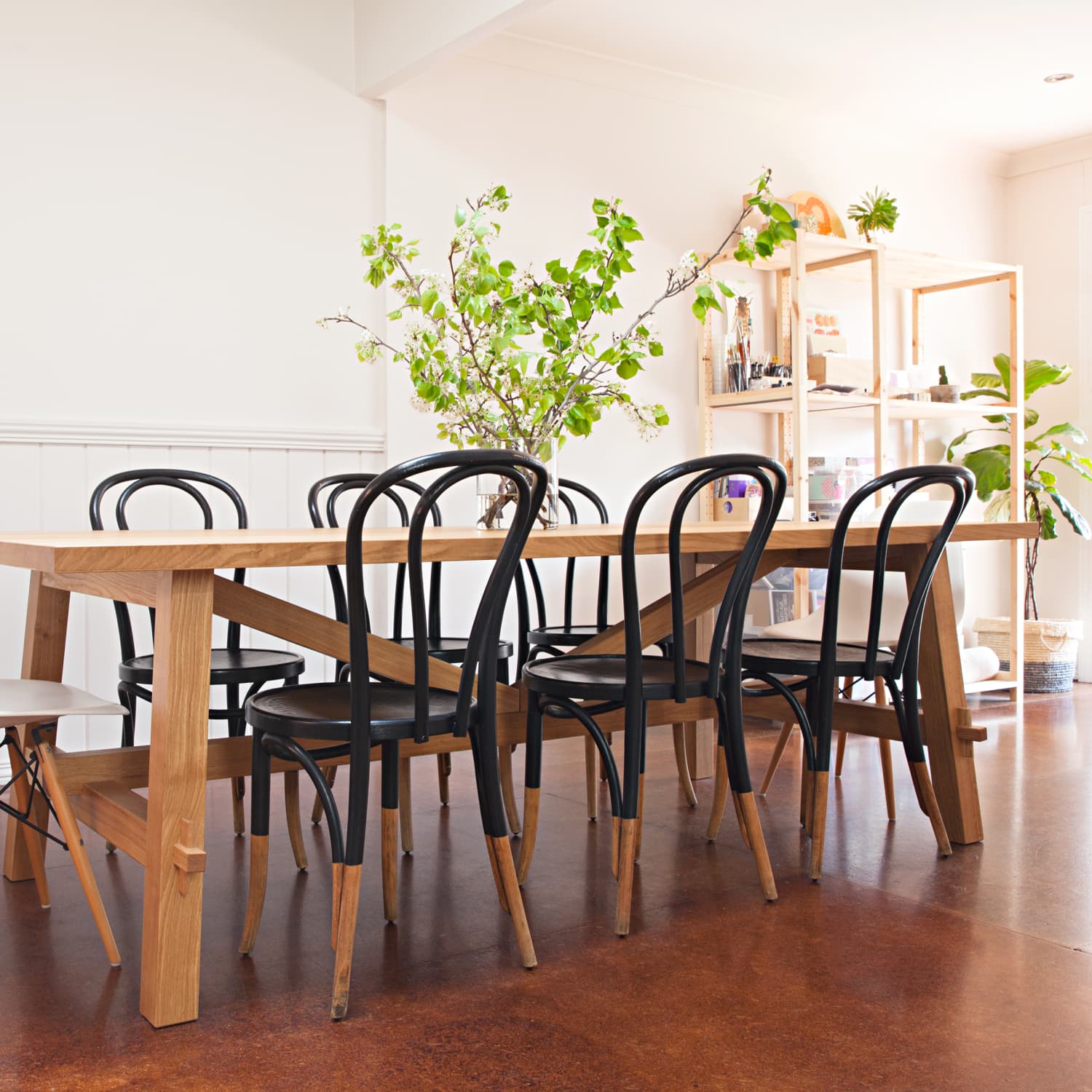
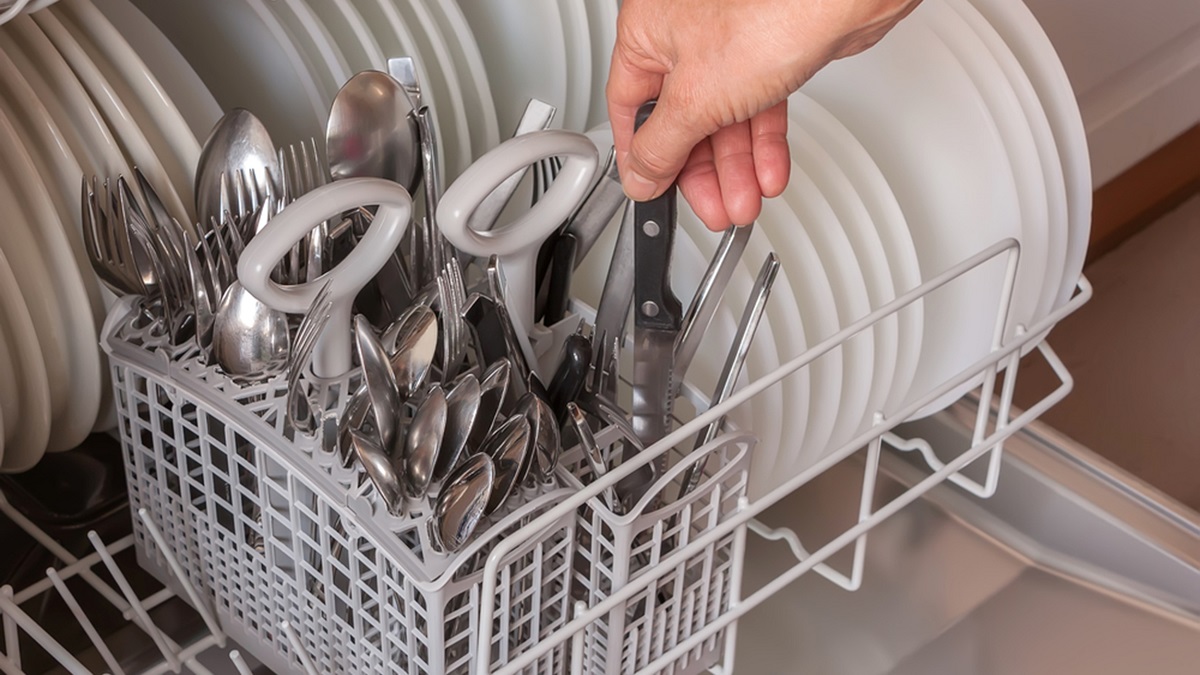
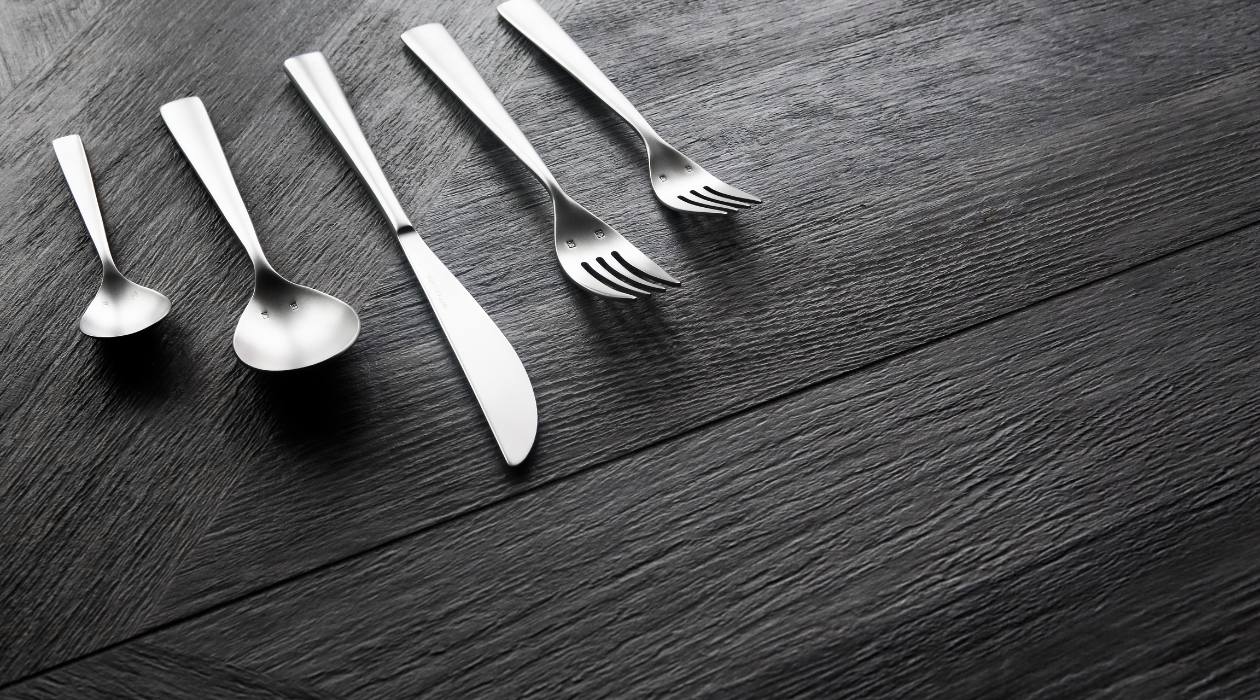
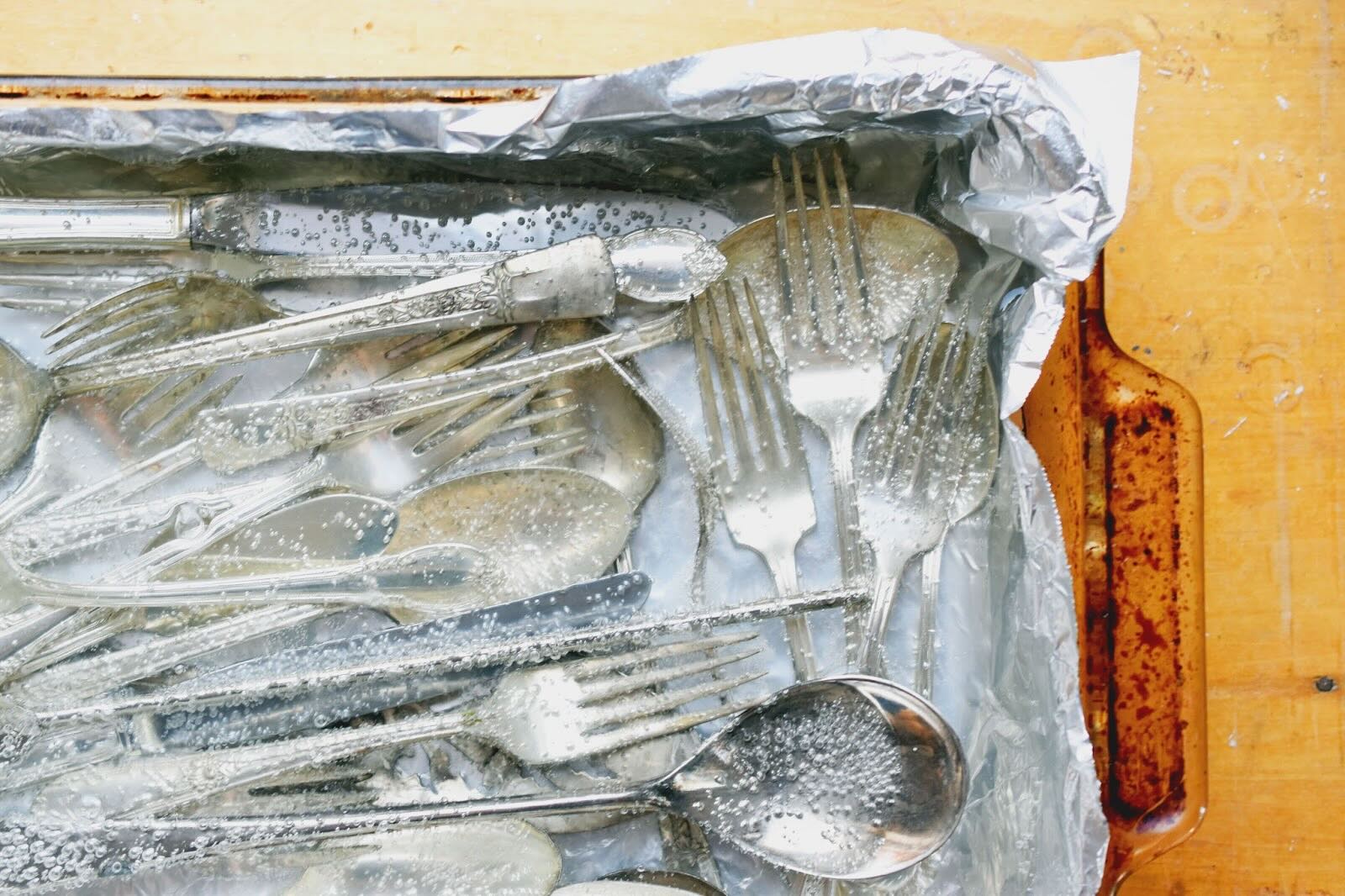
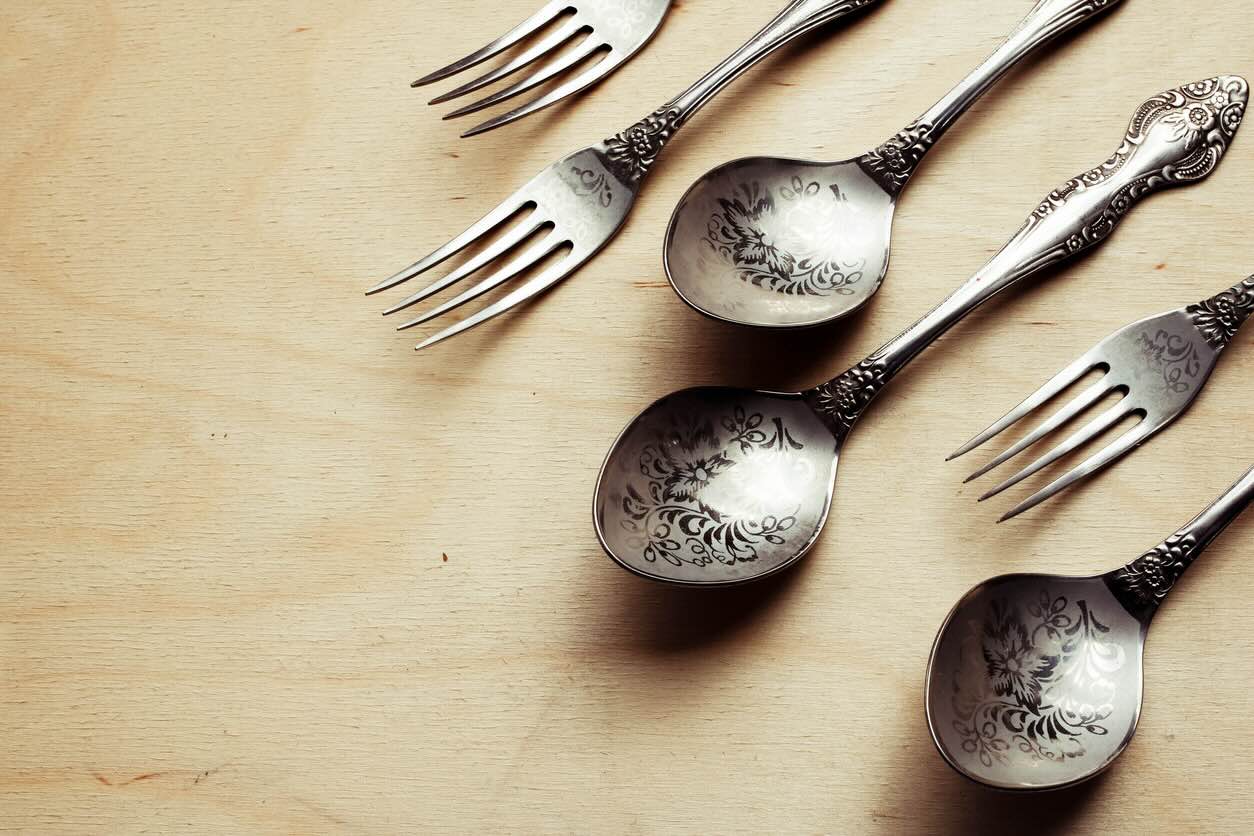
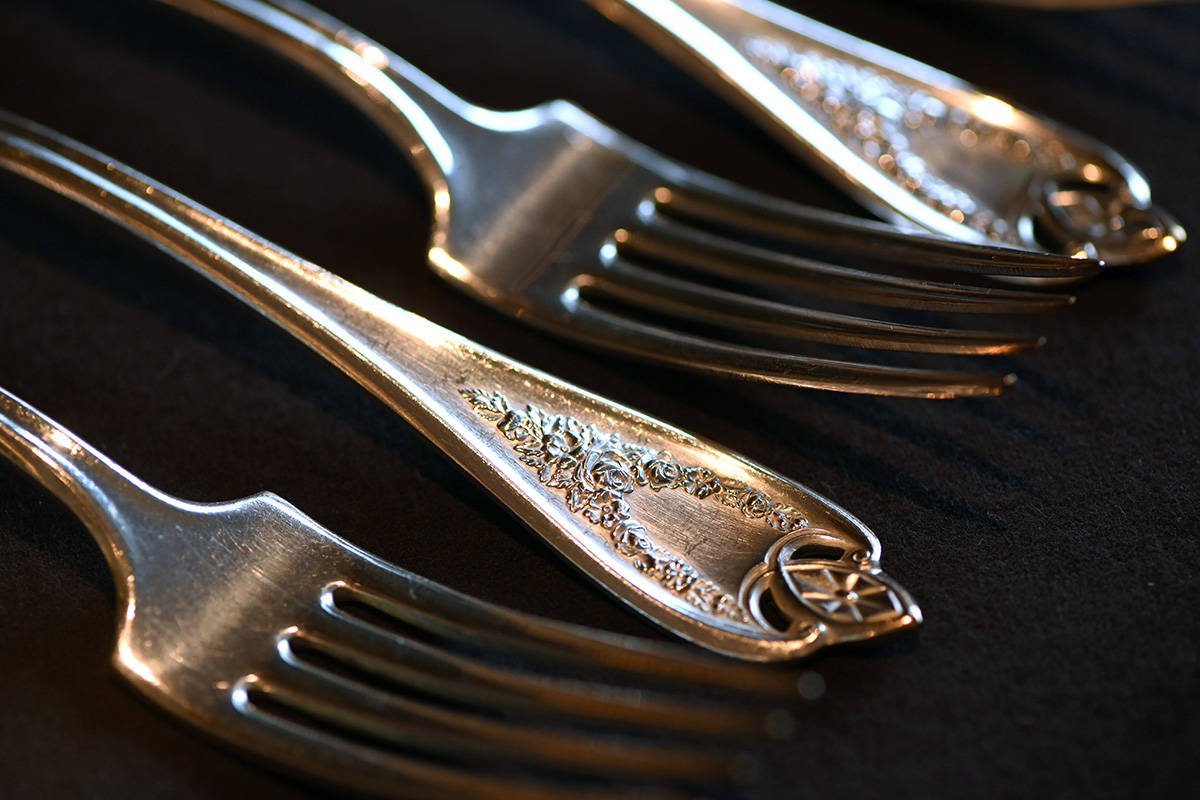
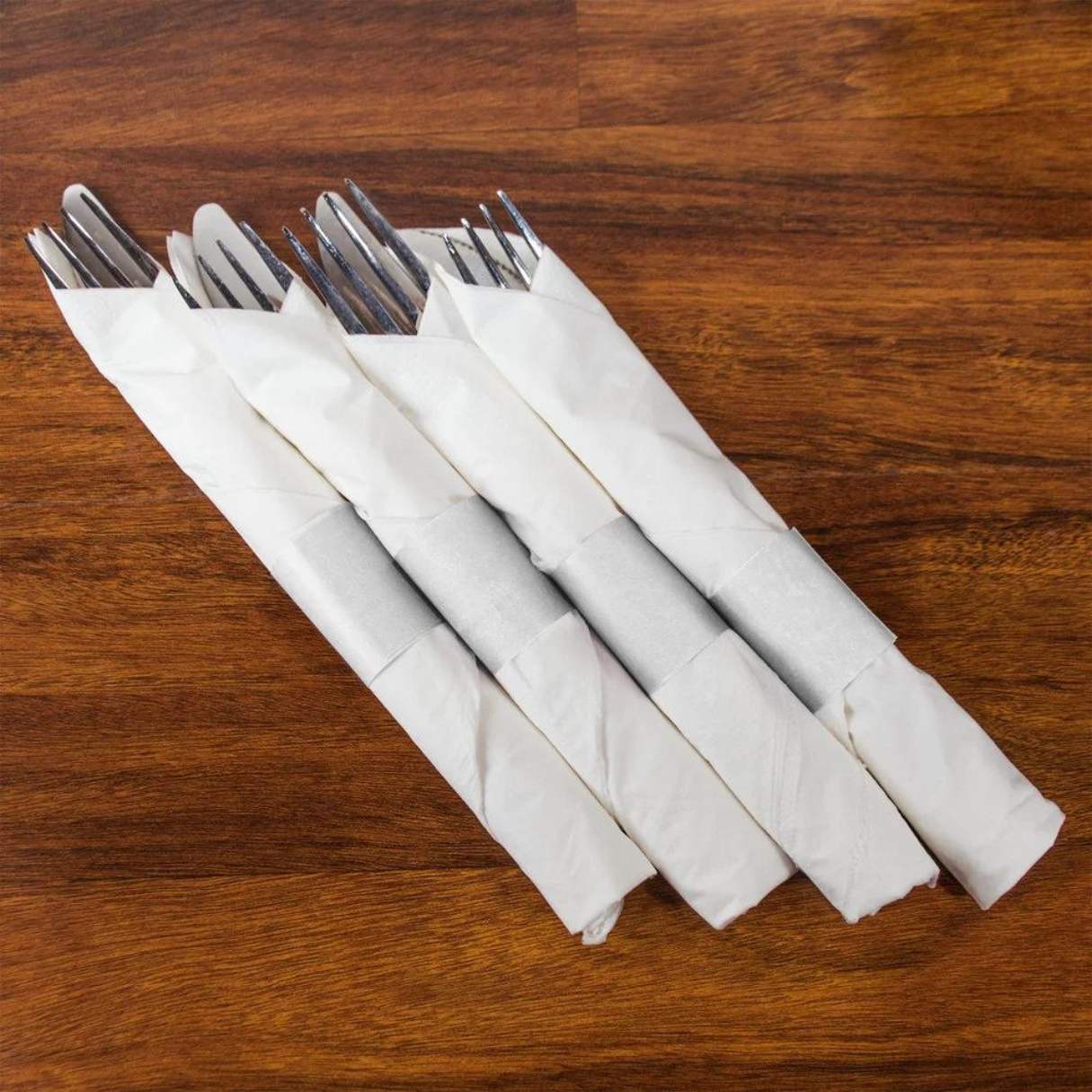
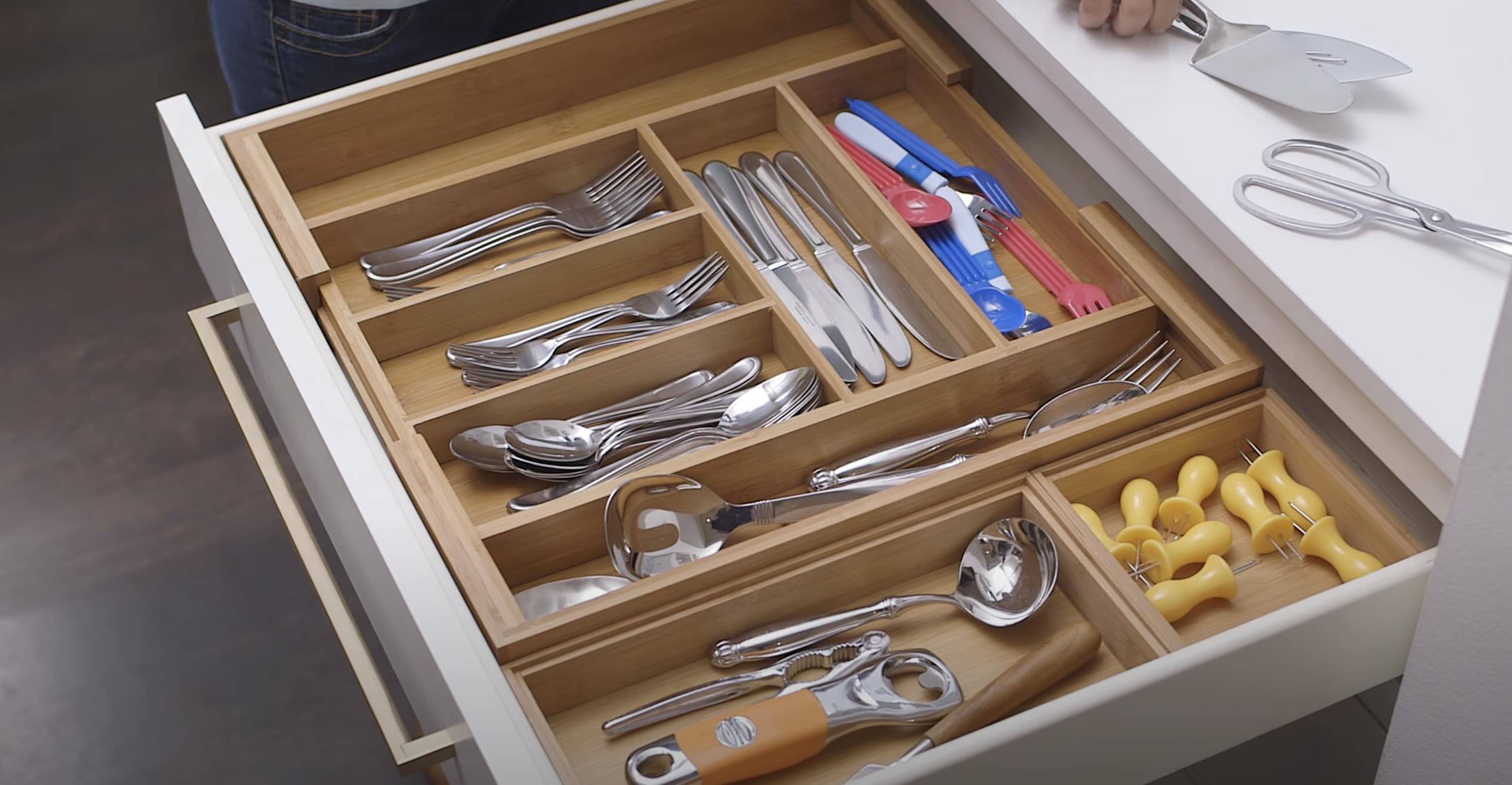
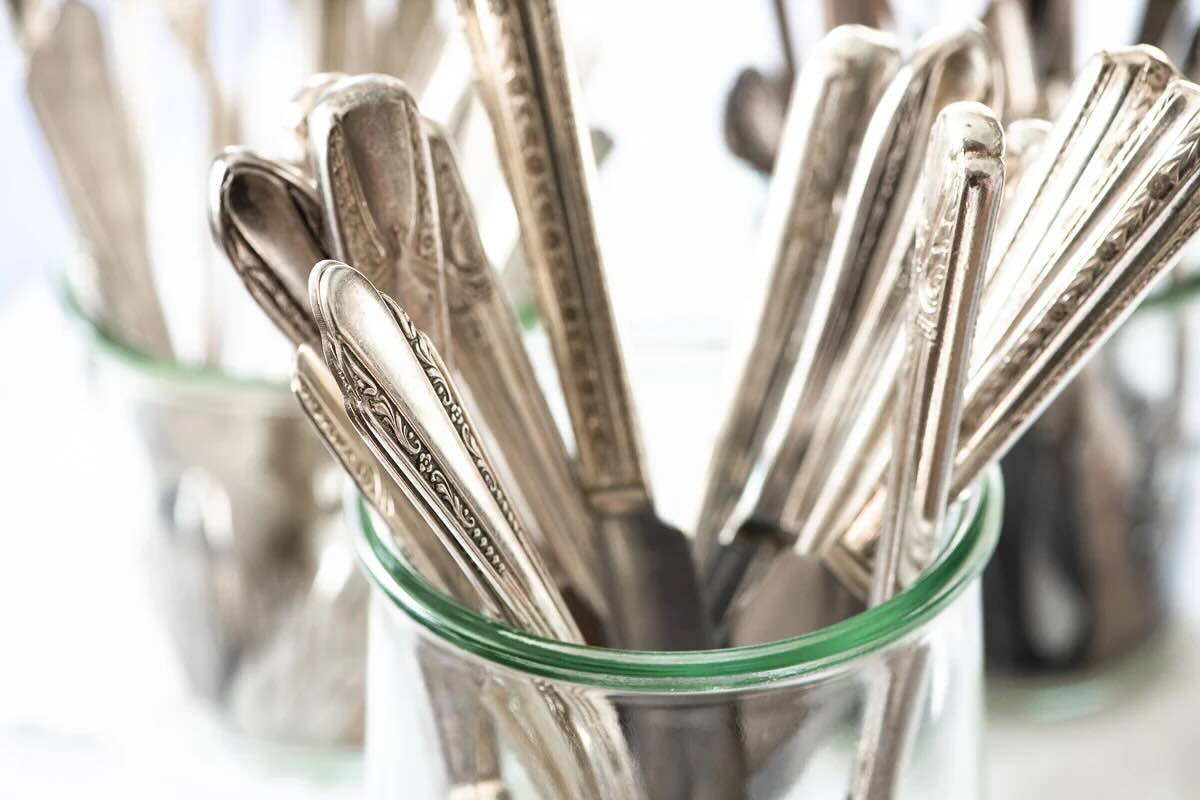
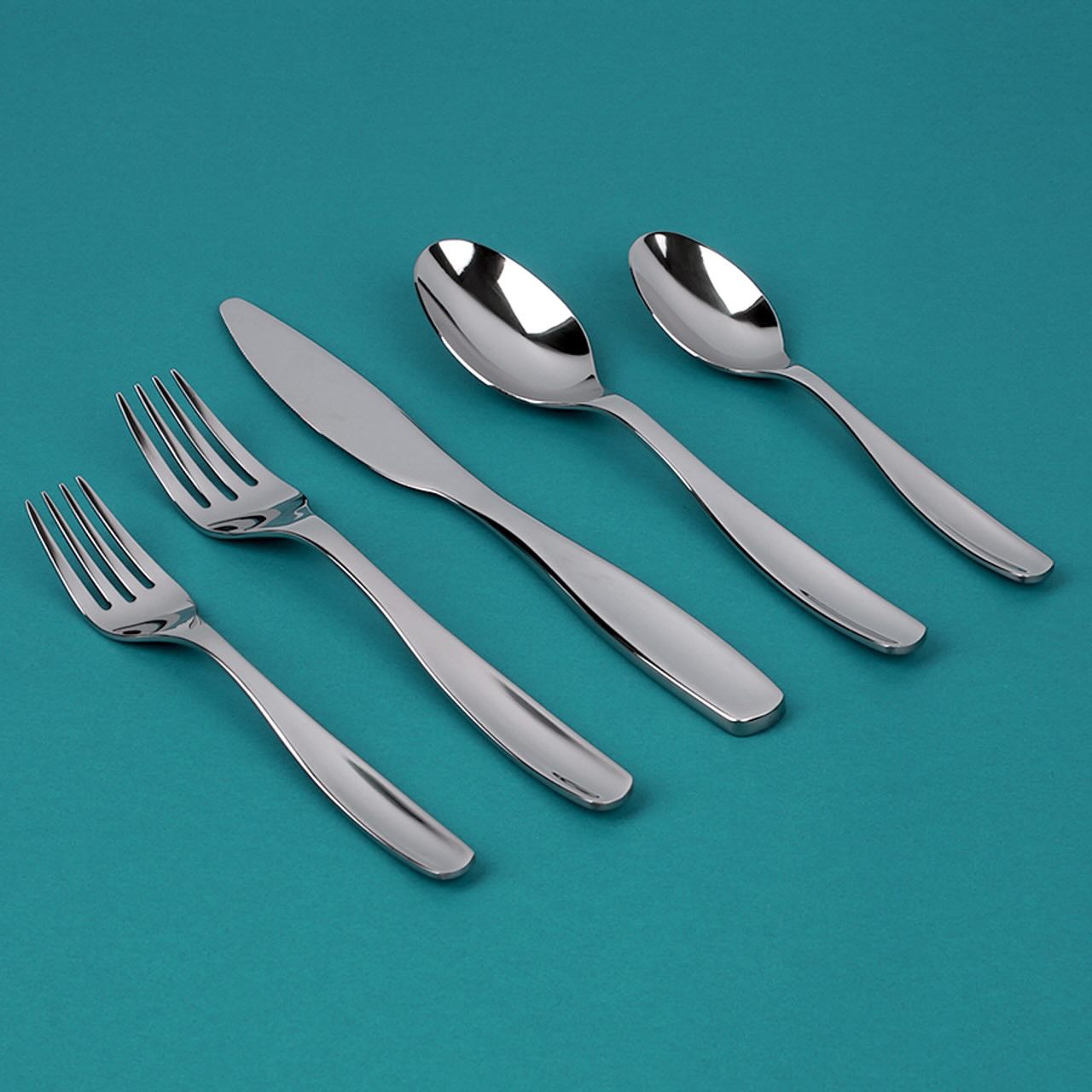

0 thoughts on “Where To Put Silverware On The Table”